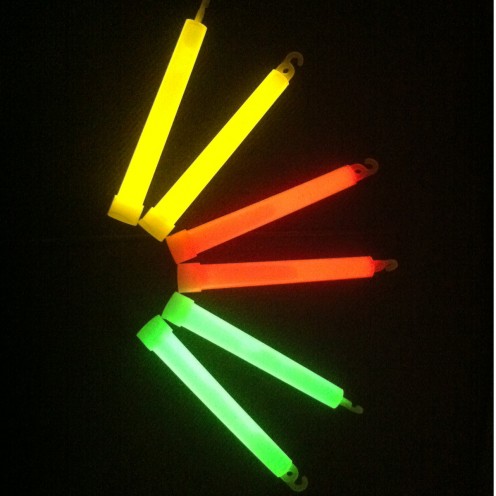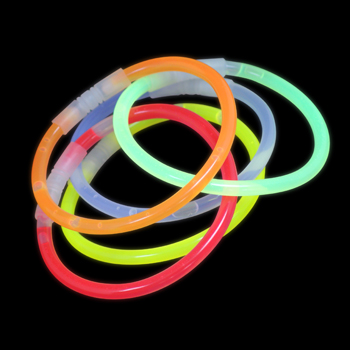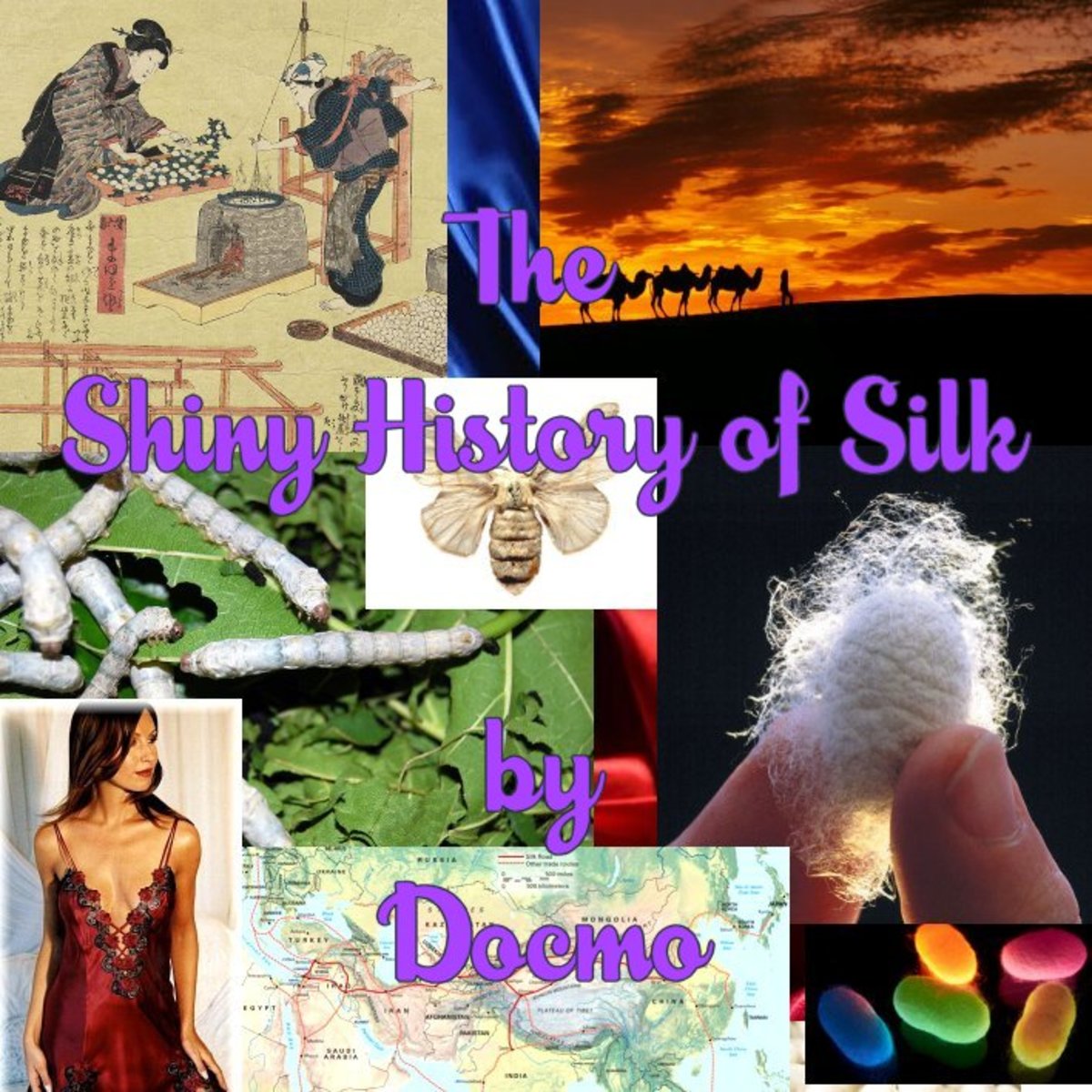- HubPages»
- Education and Science»
- History & Archaeology»
- Major Inventions & Discoveries
The History Of Glow Sticks

A glow stick is an amazing invention. They can save lives and they're a fantastic choice for emergency lighting during the aftermath of a natural disaster such as a hurricane, typhoon or even earthquake because they do not produce sparks or flames which could ignite combustible and flammable materials. Glow sticks are also widely used in mining exploration to avoid igniting innate gases inside the mining shaft.
But how did this remarkable device get discovered and who were the bright minds that shed the light for this fascinating contraption that it is today? At first mankind is captivated on the eerie and mystic feature of fireflies. Fireflies create their own light during mating season and it was later learned that they are using a chemical called luciferin as a fuel source. The cold light that the fireflies produced enthralled the human mind for centuries. For many years people sought out this cold light and it is always a subject for stories and poetry.
A young chemist name Edwin A. Chandros of Bell Labs in Murray Hill, New Jersey first invented chemical luminescence in 1960. Chandross is not excluded to the fascination of these firefly phenomena. He conducted lots of researches to imitate fireflies and look for ways on how to produce mankind’s own light source. The glow stick was about to be born!
He found out that the most likely candidate compound is hydrogen peroxide; a highly reactive chemical. This is due to its ability to release a vast amount of energy in a short period of time. It is the best reactant for producing light without releasing energy from the fuel through burning. This large amount of energy is needed to release Photons which in turn gives off light. Peroxide is also a candidate because of its ability to react without giving off heat. When light and heat are combined together, they produce fire; a form which is capable of burning virtually anything.
Edwin's target was to avoid this type of reaction and instead find something similar to what the fireflies gives off. Hydrogen Peroxide coupled with oxalyl chloride produce the oxidation which when coupled with the dye, then gives off the visible light. His catalyst oxalyl chloride combined with a fluorescent dye provides a .01% of the current luminosity of existing glow sticks. Unfortunately because of this, he decided not to patent his discovery.
Other chemists were intrigue by the discovery of Edwin Chandros. In the same year Michael M. Rauhut and his colleagues in American Cyanamid in Stamford, Connecticut communicated with Edwin Chandros and they decided to continue and improve his work. They eventually devised a new type of ester, an oxalate ester called Phenyl Oxalate to replace the oxalyl chloride but it still retained the Hydrogen Peroxide reactant that Edwin Chandross developed. They called this new discovery 'Cyalume' which is taken from the namesake of the company “Cyanamid”. In time, the quantity of Phenyl Oxalate was doubled and it increased the effectiveness and luminosity level of the mixture. Aside from increasing the effectiveness of the new “cold light source”, Michael Rauhut and colleague created a mixture to give off different types of color. They were able to produce the color green and the usual color of yellow. But eventually, the company decided to sell off this technology.

American Cyanamid increased the effectiveness of the mixture, but the company decided to sell off their chemical light division and in 1933, it was sold to Omniglow, a company that manufactures chemical luminescent products which is base in Springfield.
The company continued the research for this compound and decided to pursue different usage for this chemical mixture. They made an arrangement in producing different colors using different variations of the dye. They were able to produce different colors; the most difficult of which were red and blue. Because American Cyanamid were able to create blue and yellow they were noted to create the red and blue and they were also able to produce a violet colored light using a mixture of three dyes.
E. Earl Cranor, chief head of Omniglow's Research and Development group continued their research in the commercial use of this product. They were able to create a glow stick which is a device that has a vial inside containing the Phenyl Oxalate and this vial is immersed in Hydrogen Peroxide which is then placed in a plastic tube to hold the liquid Hydrogen Peroxide and the vial. Aside from this, other devices similar to the glow sticks were patented but still have the same principle that Edwin Chandros originated.
Whatever glow stick designs and implementations, it still holds the same basic principle of mixing 2 compounds and exciting the molecules to give off light. I hope you've enjoyed this hub and It's given you an insight into the history of how glow sticks were made.
How Glow Sticks Are Made
Will It Blend?
Recommended Links
- Glow Sticks
An online supplier of all types of Glowsticks and Glow in the Dark products and novelties, including LED, Neon, Flashing and Solar glowing products, novelties and accessories. - Glow stick - Wikipedia, the free encyclopedia
Loads more information on Glow sticks...



